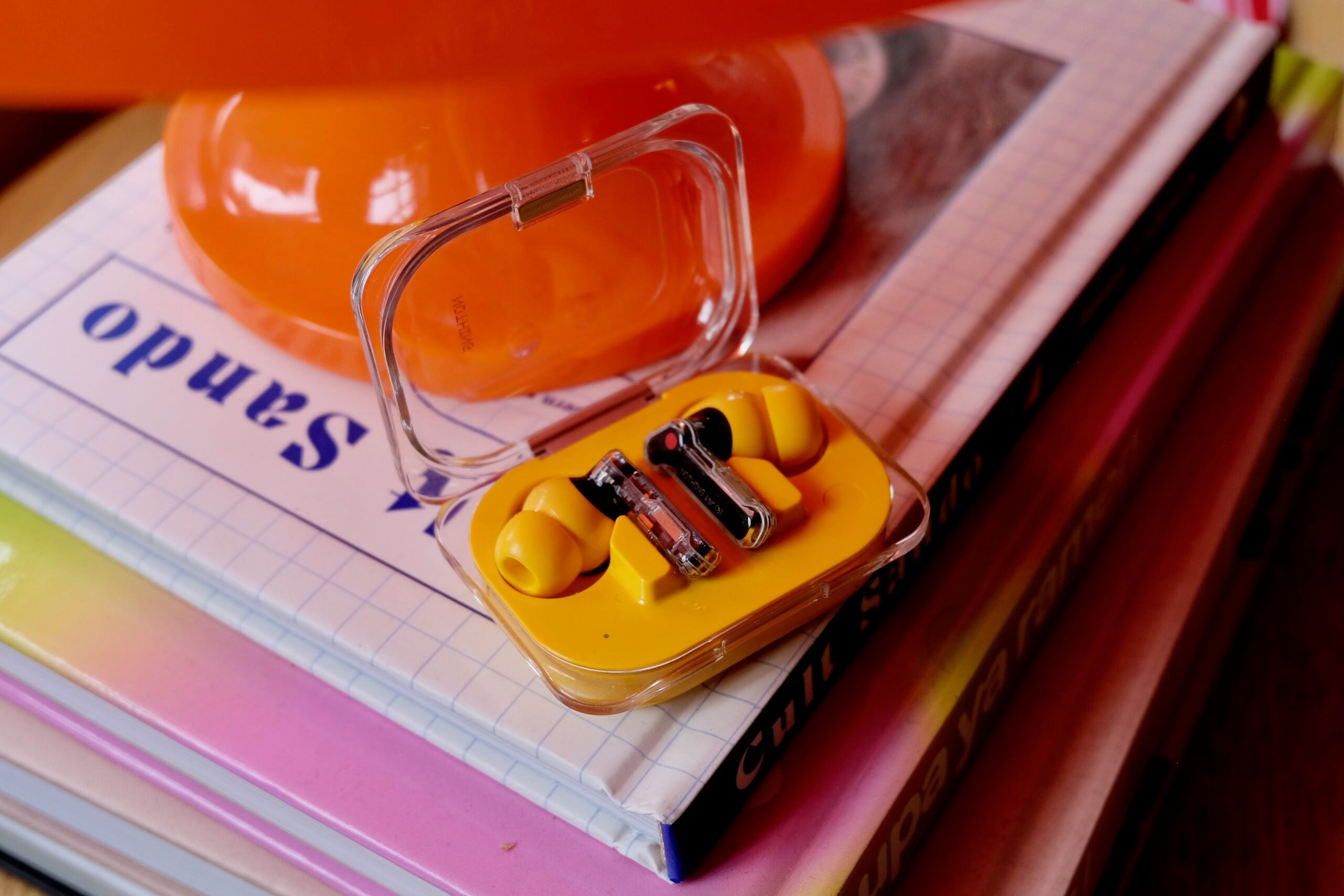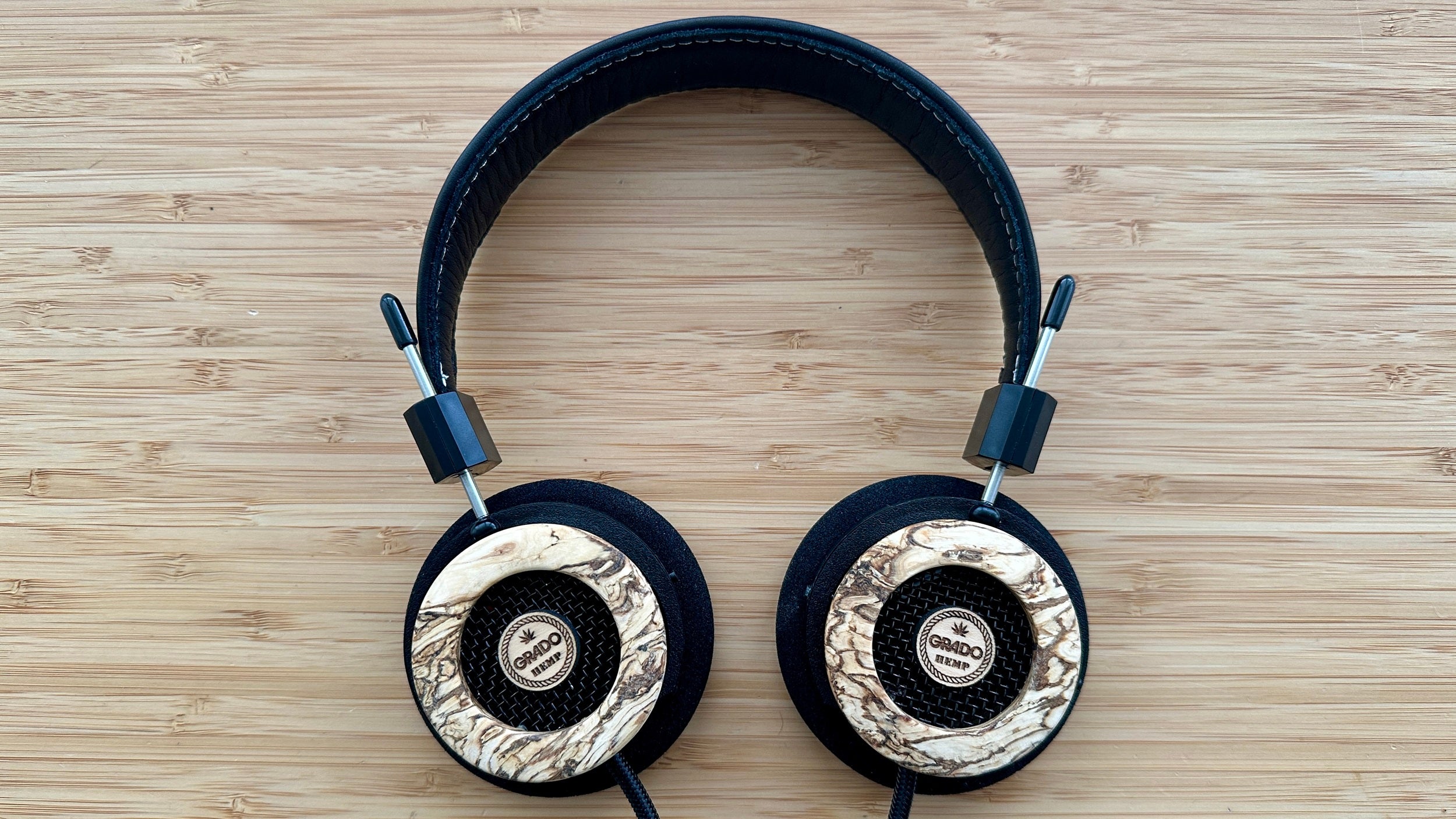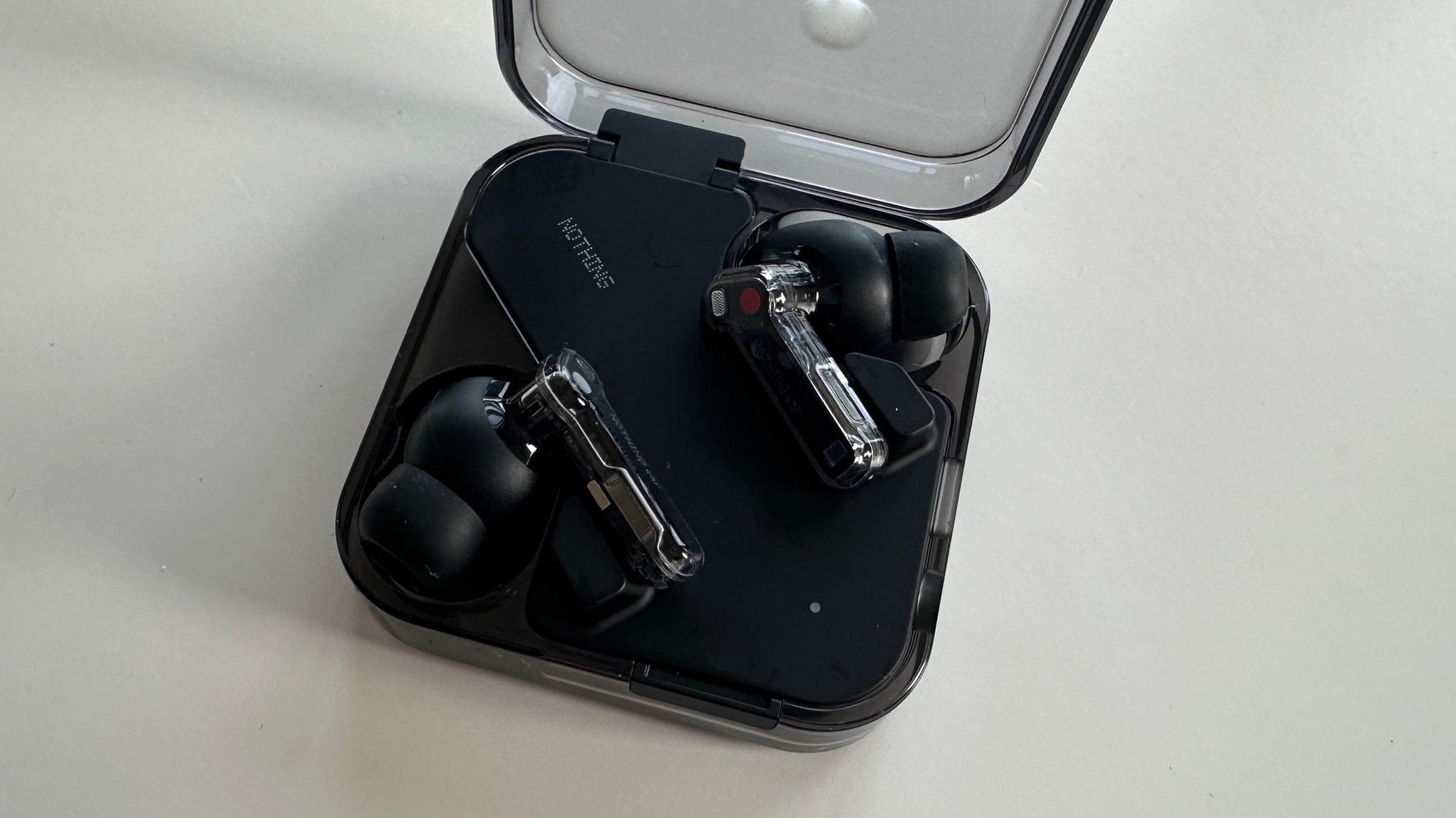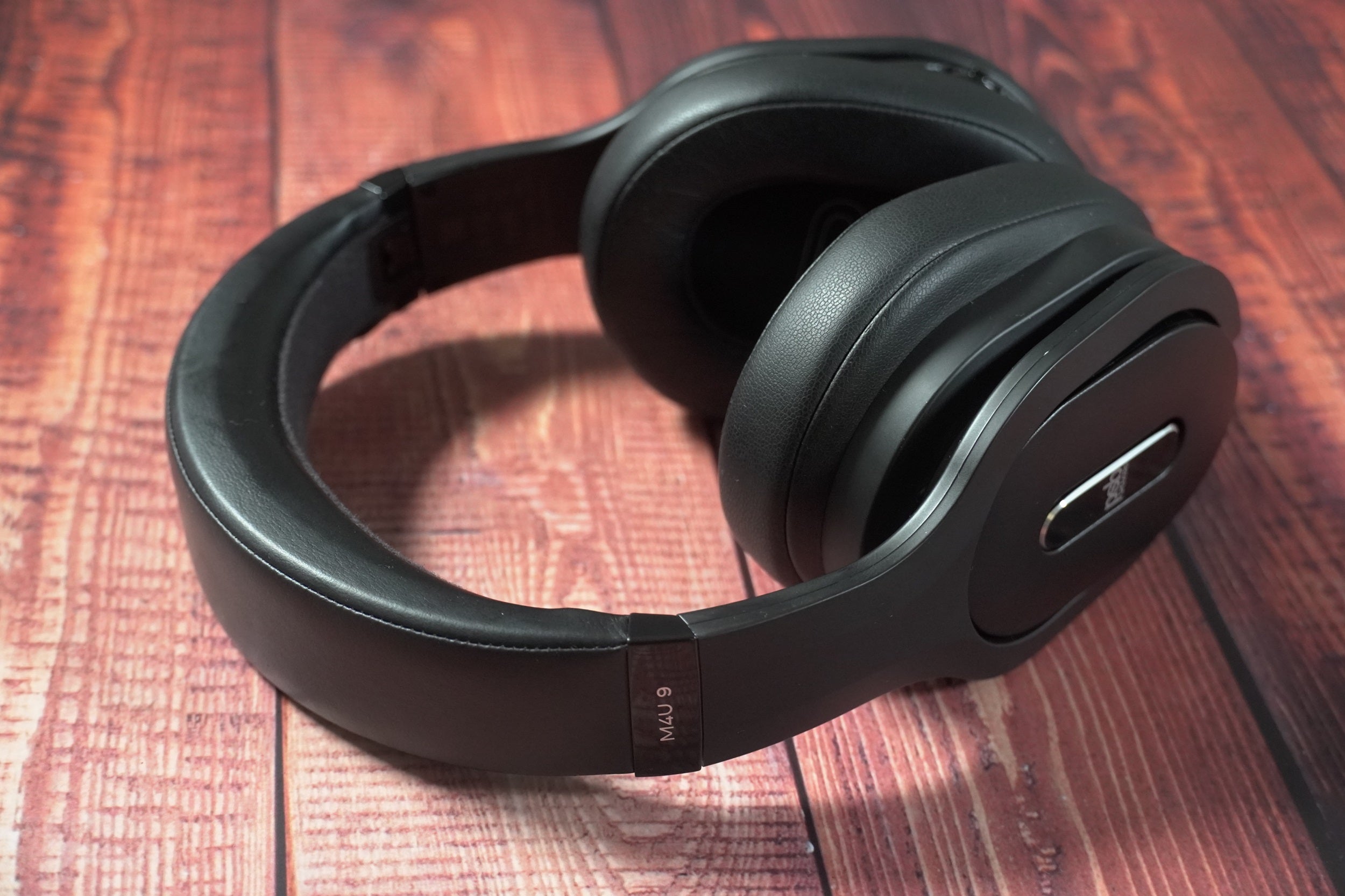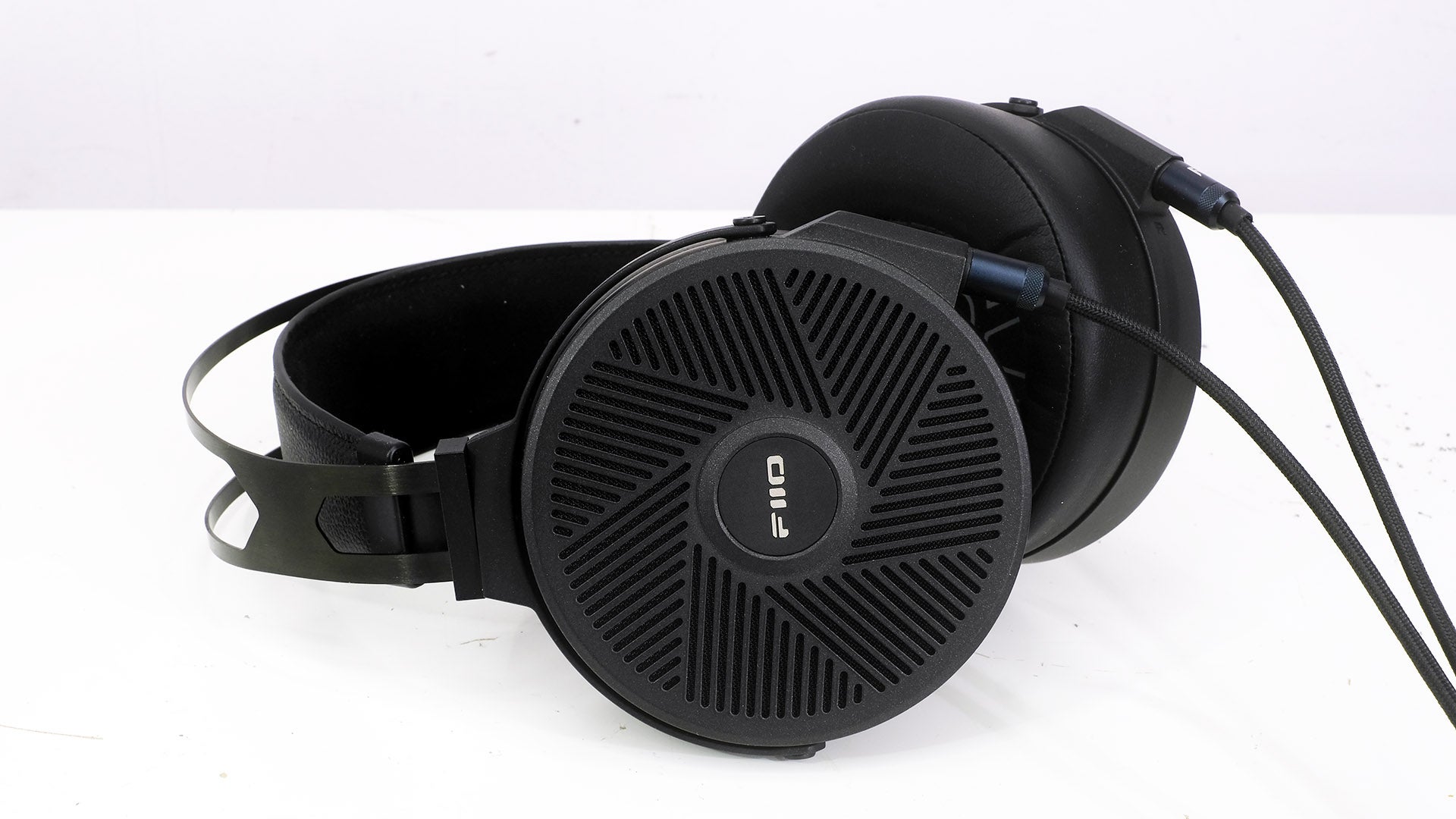House of Marley Positive Vibration Frequency Review
Who doesn’t enjoy a frequent positive vibration?
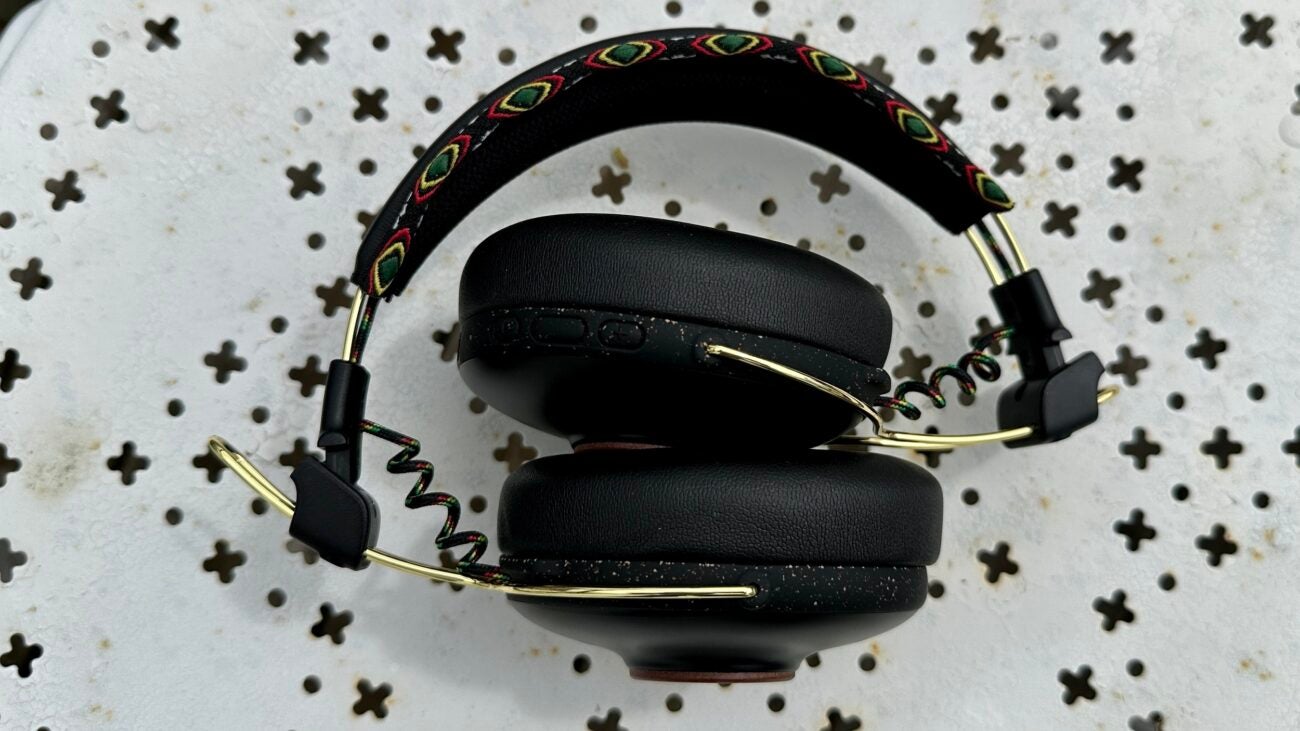
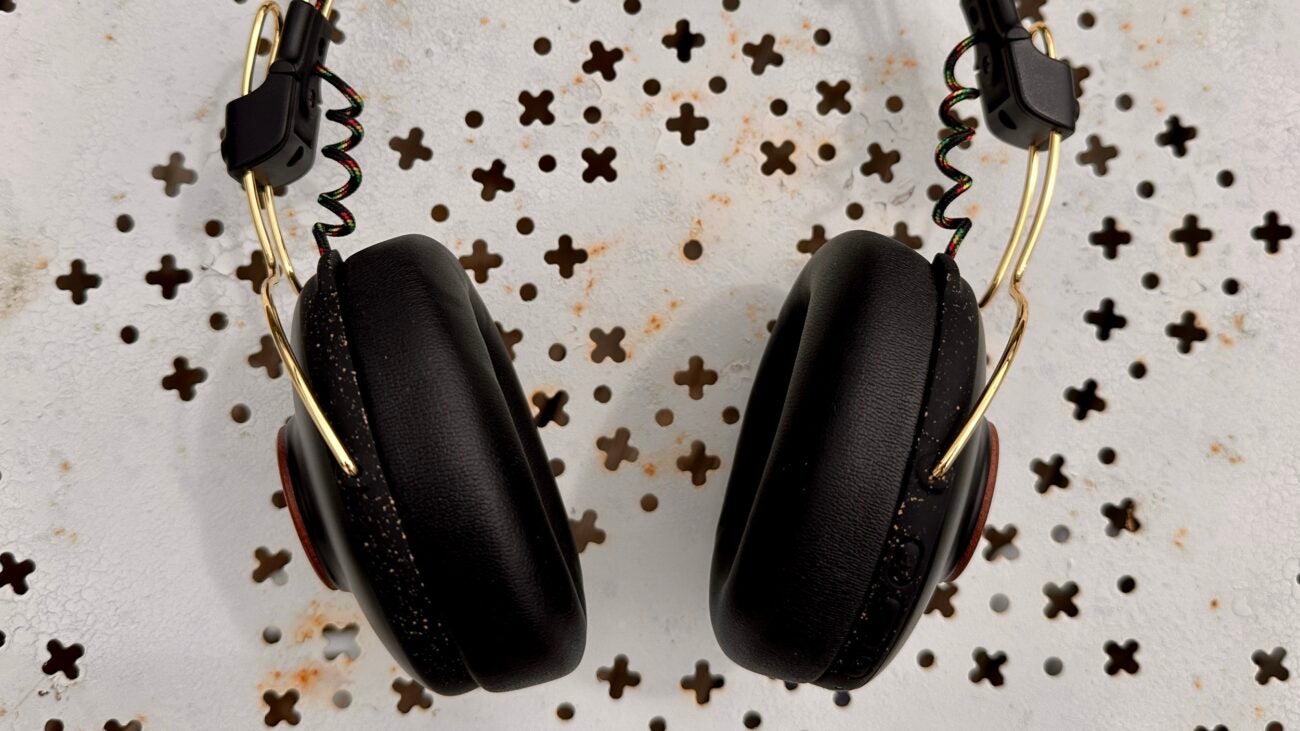


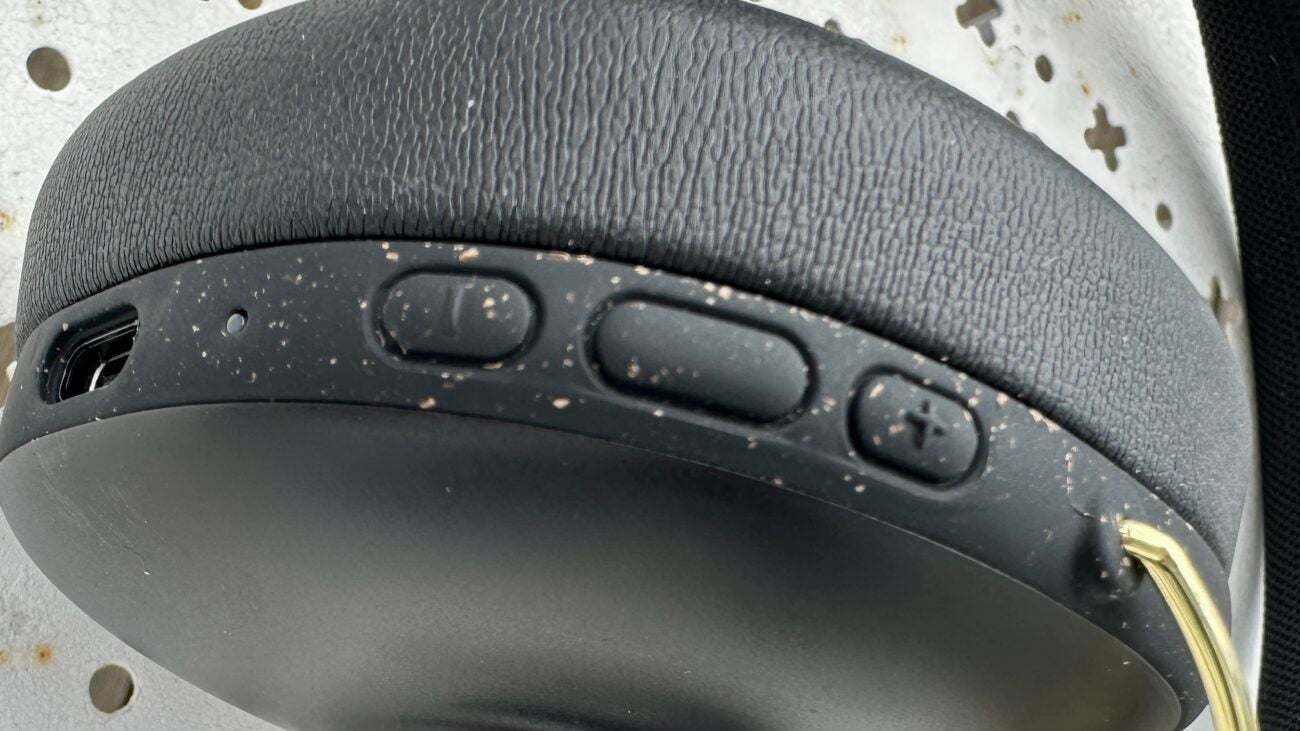
Verdict
A slightly different option is always a good idea, and the House of Marley have some worthwhile points of difference. They’re compromised by their sonic balance, though – and not just slightly.
Pros
- Substantial, expansive sound
- Good battery life
- Light and comfortable (up to a point)
Cons
- Short of low-frequency refinement
- Comparatively feature-light
- Earpads get pretty warm pretty quickly
Key Features
- Wireless supportBluetooth 5.2 with SBC and AAC codec compatibility
- AppearanceA choice of three finishes
- BatteryPlay audio for up to 34 hours
Introduction
Everyone knows House of Marley tries to do the right thing. It considers both ethical and ecological implications when it sources its materials, it uses as much recycled and recyclable material as possible, and it tries to stay true to the Marley Family’s vision of universal love and respect both for nature and for music. All while attempting to turn a modest profit at the same time.
All of which is admirable, of course. But it’s a fact that consumers will consider sound quality and even more than ecological credentials when choosing new headphones. So while there’s lots to like about the House of Marley Positive Vibration Frequency wireless over-ear headphones, does that list of positives include performance?
Availability
The House of Marley Positive Vibration Frequency wireless over-ear headphones are in the United Kingdom priced at £99. They’re $99 in America, and in Australia you’re looking at AU$149 or thereabouts.
That’s an eye-catching price, but it’s not as if the Positive Vibration Frequency have the place to themselves. Similarly priced and pretty well-regarded alternatives from budget-end specialists like Anker and Lindy to global powerhouses like Sennheiser and Sony sell for the same sort of money – so it’s not going to be all that easy to stand out…
Design
- Weighs 212g
- Inward-folding earcups
- Three finishes
On the most fundamental level, the design of the Positive Vibration Frequency is the same as every other pair of over-ear headphones you’ve ever seen. Form follows function, after all.
House of Marley has added a few minor-but-welcome design flourishes, though – the Rasta finish of my review sample (Black and Copper are also available) is mildly distinctive. The copper-coloured aluminium headband adjustment mechanism looks rather slender but it is, in fact, robust, and effective – and is recyclable, too.
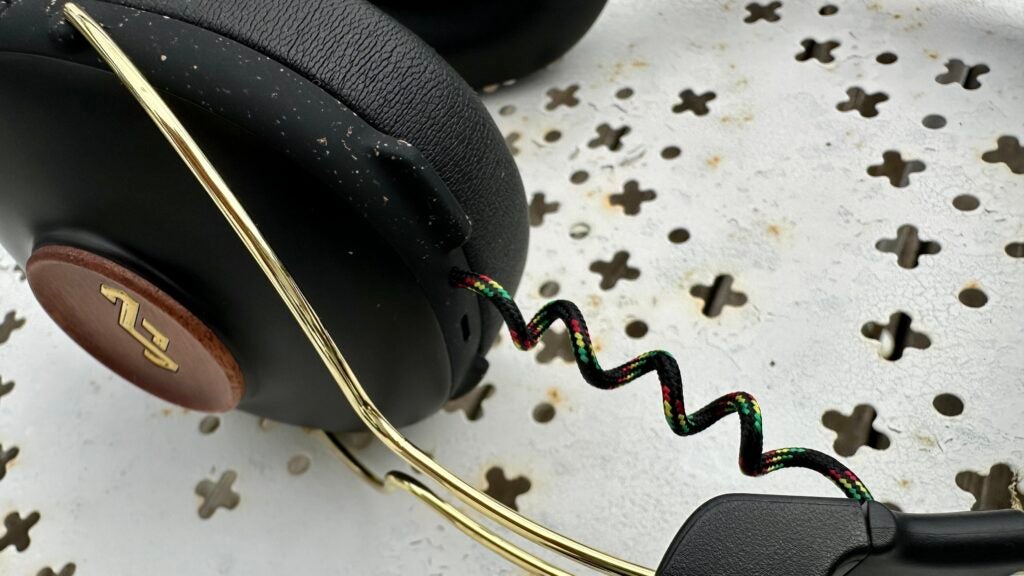
The company logo on the outside of each earcup sits in a slice of FSC-certified wood. And not only does the protein leather of the outside of the headband carry the word Marley, but it’s trimmed with a little of that red/gold/green Rewind fabric the company likes to deploy wherever it can.
The inside of the headband is gently padded and fabric-covered, while the pleather-covered earpads are plumper – to both positive and negative effect. An all-in weight of just 212g doesn’t do any harm where comfort is concerned, and hinges that allow the earpads to fold inwards make these headphones about as portable as they come.
The earpads aren’t especially large, so they sit quite close to the ear – and the combination of pleather and quite generous padding means they warm up sooner rather than later. A couple of hours wearing these headphones will make your ears uncomfortably warm.
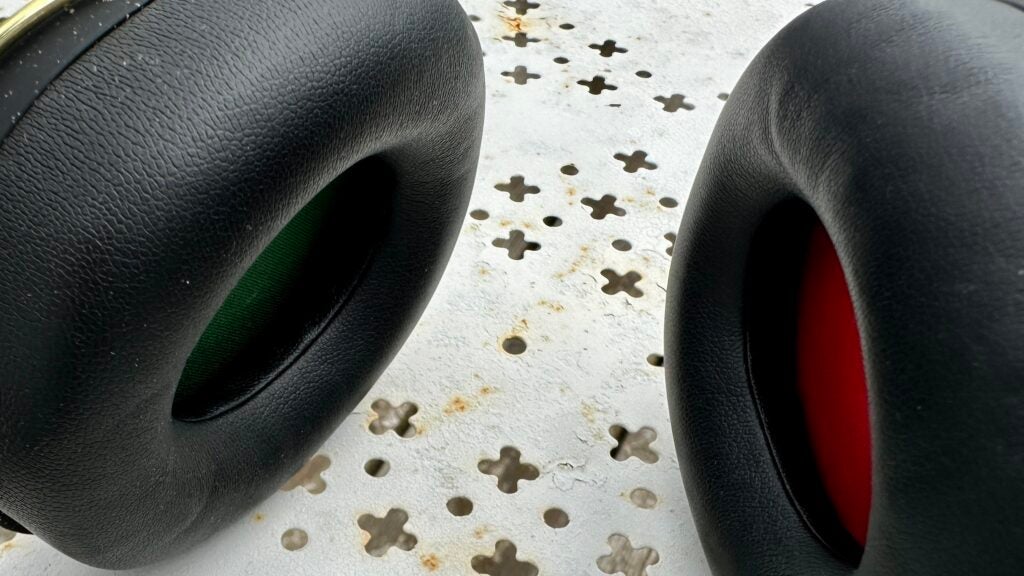
Features
- Bluetooth 5.2 with SBC and AAC codec compatibility
- 34 hours of battery life
- 40mm full-range dynamic drivers
The 34 hours House of Marley is claiming for battery life seems realistic, certainly if you’re not going wild where volume levels are concerned. Recharging is via a USB-C socket on the right earcup – from flat to full takes a pretty standard two hours, and just 15 minutes on the juice is good for another four hours-ish of action.
The USB-C socket is just for charging, though, not data transfer too. Which means the Positive Vibration Frequency can’t be hard-wired to a source of music – they can only be used wirelessly. So make sure you keep that battery topped up…
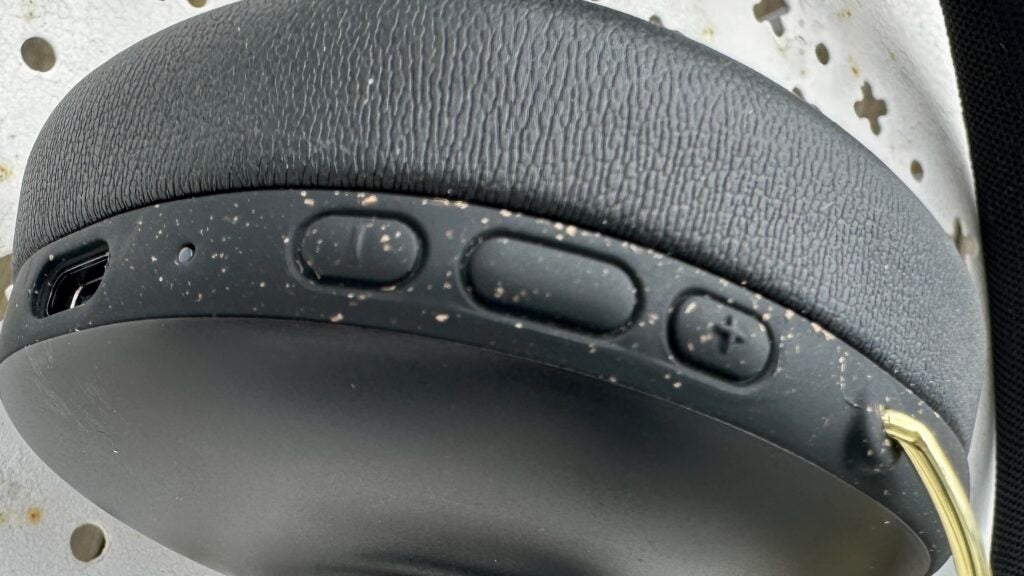
The right earcup also has a few physical controls on there: volume up/down, skip forwards/ backwards, power on/off and Bluetooth pairing are all available, and it’s possible to summon your source player’s native voice-assistant too. Both forms of control are reliable and responsive.
The Positive Vibration Frequency use Bluetooth 5.2 for wireless connectivity, which is good news. It’s compatible only with the bog-standard SBC and AAC codecs, though, which is not quite such good news – quite a few price-comparable rivals offer compatibility with the higher-resolution aptX codec, or even aptX HD or LDAC. The connectivity range is around 10m.
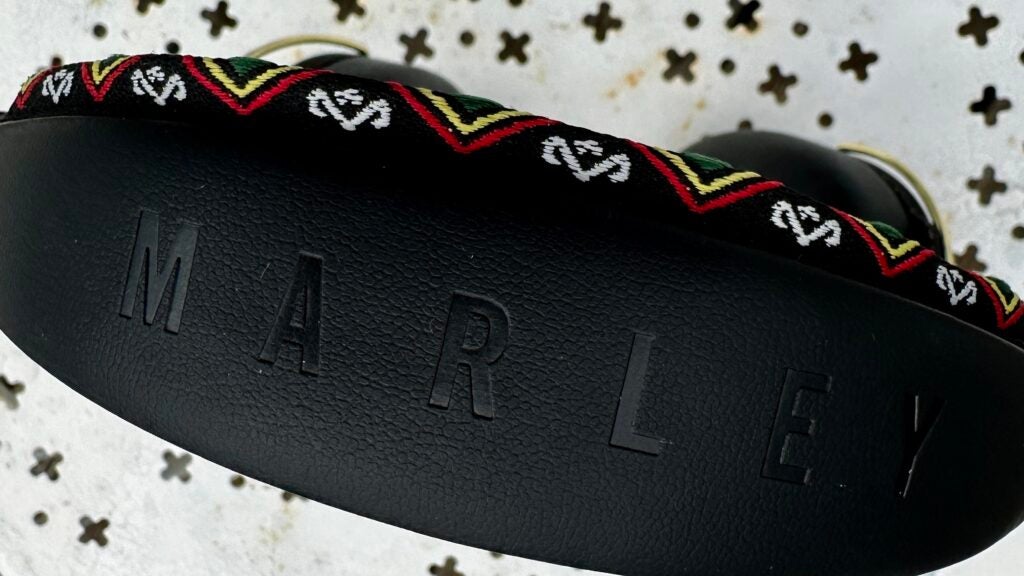
Sound is delivered by a couple of 40mm full-range dynamic drivers. House of Marley is quoting a frequency response of 20Hz – 20kHz, which is about all you can realistically ask for.
And as far as features are concerned, that’s about it. Some rivals at very similar money will offer some touch controls, maybe a control app or even active noise-cancellation – or in some instances, two or even three of those niceties.
Sound Quality
- Nice big soundstage
- Enjoyable midrange fidelity
- Feral low-frequency reproduction
No control app means no possibility of adjusting EQ settings – so the sound the Positive Vibration Frequency give you is the sound you’re getting. And while that sound isn’t without merit, it’s somewhat lop-sided and rather lop-sided as a result.
But I should start with the plus-points. These headphones create and organise a soundstage well – they have proper width and depth to their presentation, and are (mostly) successful at keeping each element of a recording under control. There’s appreciable space on the stage here, and a nice sensation of separation as a result.
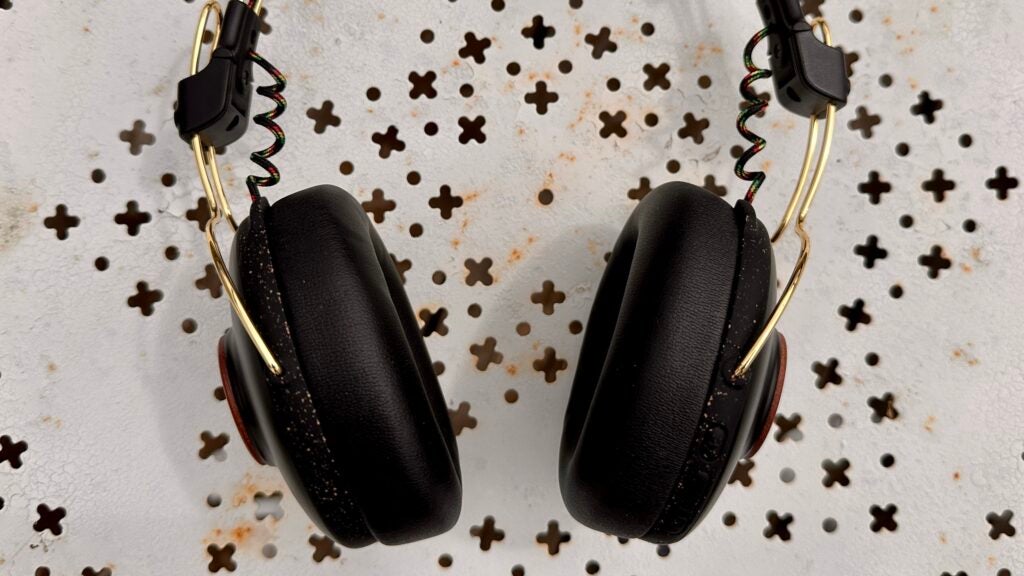
They’re also quite detailed across the frequency range, and fairly dynamic where harmonic variations are concerned. They identify transient details well, and put them into convincing context – so the sound never feels incomplete.
From the middle of the frequency range to the top end, the Positive Vibration Frequency are quite well balanced and actually pretty natural. In ultimate terms they stray onto the warm side of neutral, but not unpleasantly so – and their ability to resolve the midrange does vocalists all kinds of favours. Treble reproduction has decent bite and substance, and never tips over into hardness even at significant volume. These two areas of the frequency range integrate smoothly, too.
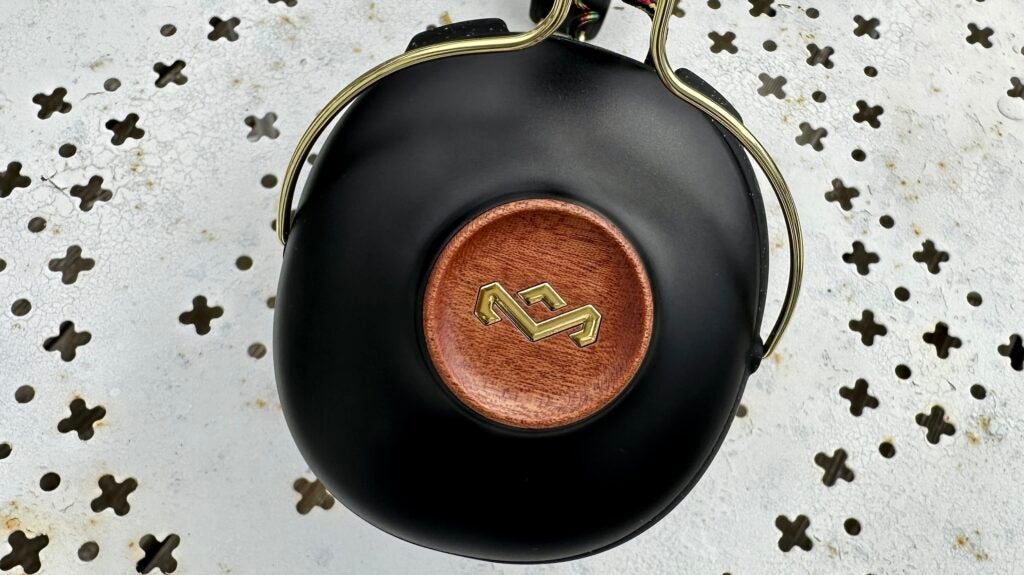
The bottom of the frequency range, though, is another matter. Bass response is both over-confident and ill-defined – which is, frankly, a terrible combination. A listen to a 16-bit/44.1kHz file of Animal Collective’s My Girls and the low-frequency reproduction is short of detail, shorter still where control is concerned, lacking in definition and variation, and altogether too far forward.
Bass is blurry when it should be straight-edged, and shoves when it should punch – and it sounds quite remote from the rest of the frequency information. This compromises rhythmic expression, and makes the overall presentation a lot less authoritative than it otherwise would be. House of Marley is far from the first brand to have mistaken upfront bass, and plenty of it for excitement, and I doubt it will be the last.
Latest deals
Should you buy it?
You admire their ecological and environmental soundness
And why wouldn’t you? Especially if you’re keen on reducing your environmental footprint
You prefer a balanced sound
Bottom-heavy only starts to describe the sonic signature here
Final Thoughts
It’s strange to imagine the planning and sign-off meetings that must have taken place at House of Marley when these headphones were being developed.
In so many ways they’re a superior example of the affordable wireless over-ear type – but somehow the bass reproduction has been allowed to spoil more-or-less everything. With even slightly more realistic low frequencies, the Positive Vibration Frequency could have been there-or-thereabouts…
How we test
We test every set of headphones we review thoroughly over an extended period of time. We use industry standard tests to compare features properly. We’ll always tell you what we find. We never, ever, accept money to review a product.
Find out more about how we test in our ethics policy
Tested with real world use
Tested for several days
FAQs
These headphones make use of FSC certified wood, recyclable aluminium, and House of Marley’s Rewind fabric that’s made from recycled material.


